The specific processes of mechanical processing mainly include turning, milling, grinding, clamping, drilling, boring, planing, punching, sawing, as well as electroplating, heat treatment, wire cutting, forging and other methods.
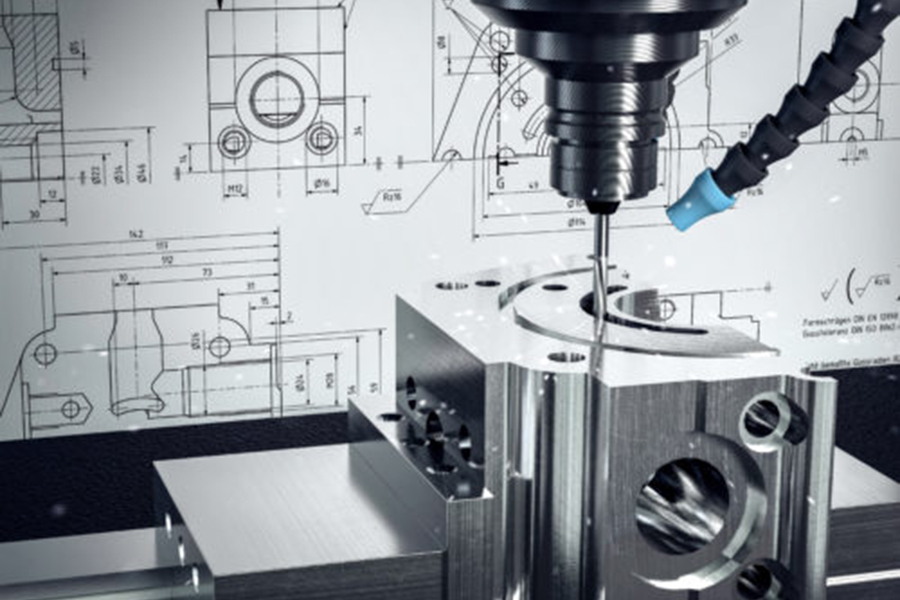
Turning: Lathe, mainly through the turning tool to process the rotating workpiece with linear or curved translational motion. Turning can make the workpiece achieve the desired shape, suitable for processing shafts and rotary parts;
Milling: milling machine, mainly through the rotating tool to process the workpiece fixed on the workpiece table, suitable for processing planes, grooves, various curved surfaces or gears;
Grinding: Grinding machine, mainly through the high-speed rotating grinding wheel to grind the plane, outer circle, inner hole and tools of the workpiece, and the surface roughness of the processed workpiece is particularly high;
Pliers: Fitter workbench is a basic tool and operation in mechanical manufacturing for precision measurement, inspection of dimensional accuracy and shape error of parts, and precision scribing;
Drilling: punching holes in workpieces with tools such as drill bits;
Boring: the processing of holes with boring tools or blades, suitable for holes with high precision and large diameter workpieces;
Planer: use a planer to process flat or curved surfaces, which is suitable for machining straight-line surfaces of workpieces, but the surface roughness is not as high as that of milling machines;
Punch: Punch, by which punching is formed, such as punching a circle or punching a hole;
Saw: Sawing machine, suitable for cutting after blanking.
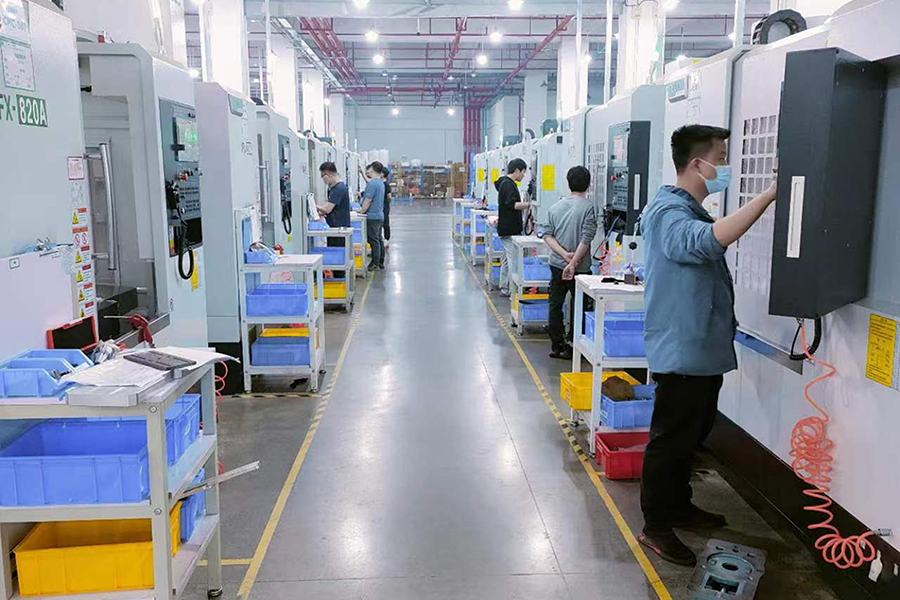 New way of presentation, live broadcast
New way of presentation, live broadcast
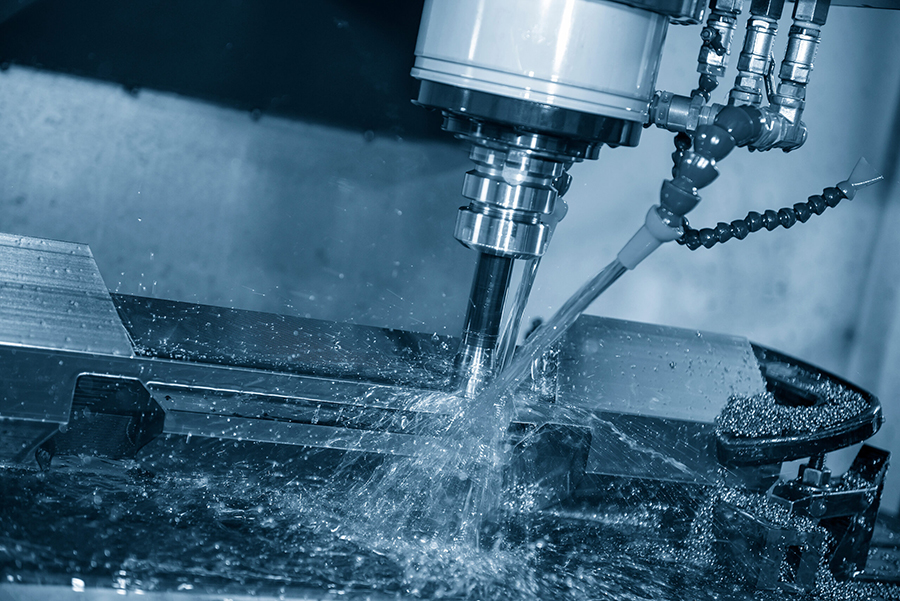 What is mechanical parts machining?
What is mechanical parts machining?
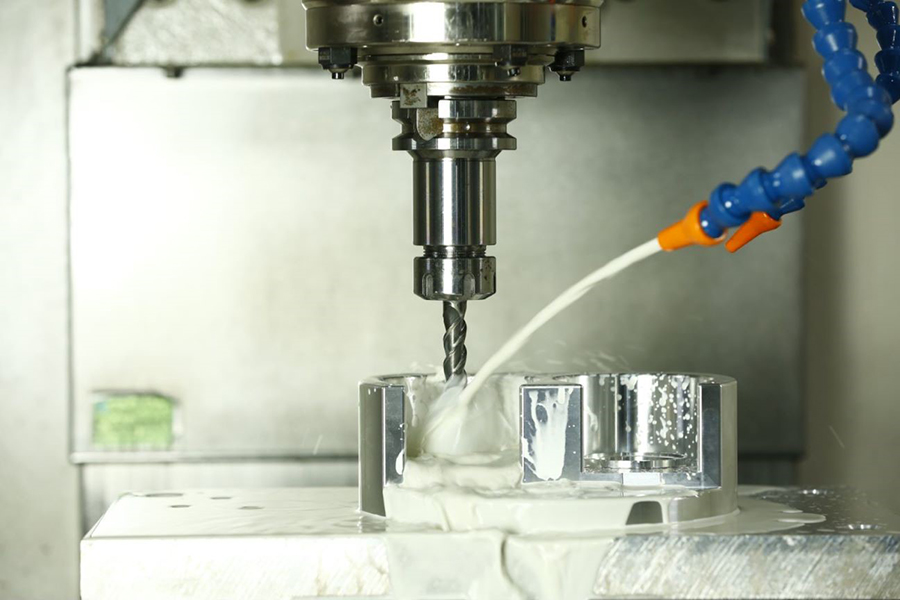 General process of machining
General process of machining
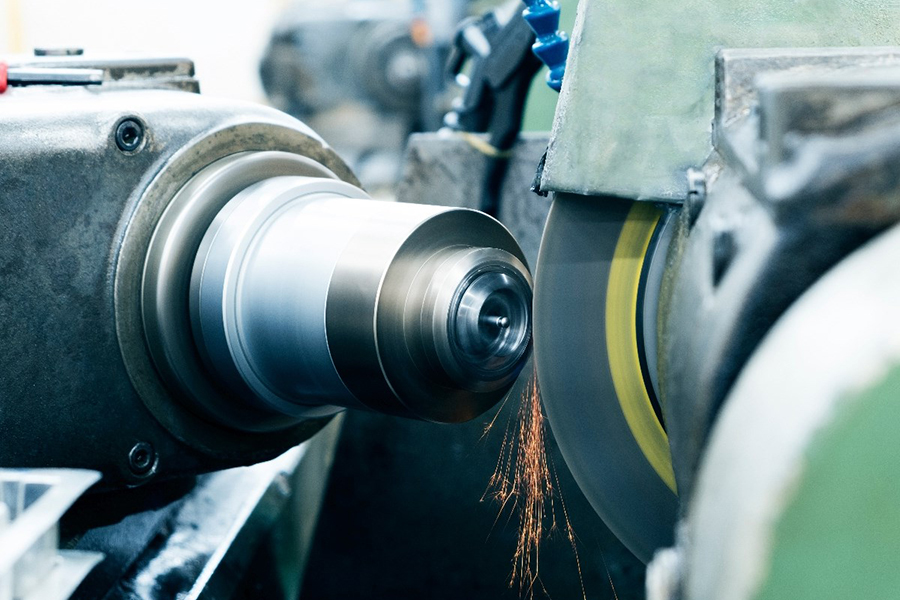 Types of grinding machines and their characteristics
Types of grinding machines and their characteristics